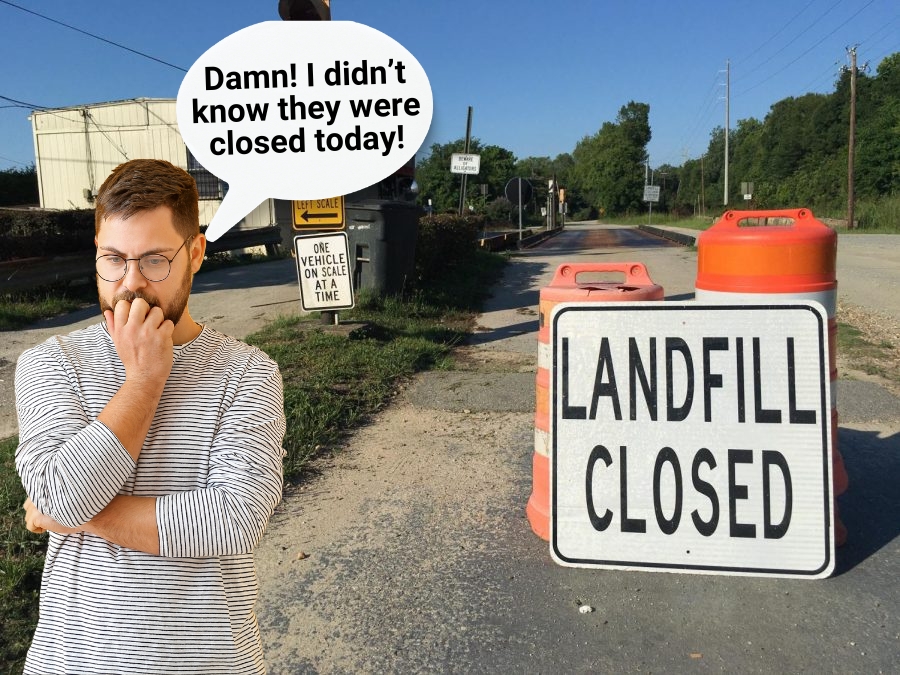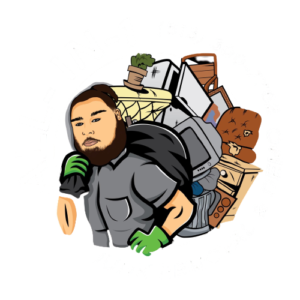All In 1 Junk Removal & Demo
Why Do People Hoard Stuff?
The Deep, Twisted Psychology of Clutter


You’ve seen it before.
The house where the front door barely opens because stuff has taken over. The garage packed so tight with old furniture, magazines, and broken microwaves that a single misplaced movement could cause a small avalanche.
And if you haven’t seen it firsthand, you’ve probably watched it on TV—the extreme cases where people’s entire homes become junk fortresses, trapping them inside with mountains of old newspapers, expired canned goods, and 37 coffee makers that “still might work someday.”
It’s easy to look at these situations and think, How does this happen? Why can’t they just throw things away?
Well, buckle up.
Because hoarding isn’t about laziness, and it’s definitely not about logic.
It’s about psychology.
Deep, weird, fascinating psychology that ties into human nature, our emotions, and our ancient survival instincts.
And if you’re in Cincinnati trying to figure out why your aunt, cousin, or dad refuses to let go of a stack of broken VHS tapes from 1993… this article is for you.
The Three Reasons We Keep Stuff (And Why Hoarders Can’t Let Go)


Everyone holds onto things for a reason. We all hoard—just on different scales.
Maybe it’s that shoebox of old birthday cards you’ll never read again but can’t bring yourself to throw away.
Or the drawer full of tangled phone chargers for phones that don’t even exist anymore.
Or the stack of “important” documents from ten years ago that probably don’t matter but still make you nervous to toss.
These things pile up because of three main reasons:
Sentimentality – We keep things because they remind us of people, places, or moments we don’t want to forget.
Aesthetics – Some things are just nice to look at, and we want to keep them around.
Usefulness – The classic “I might need this one day” justification that convinces us to hold onto literally everything.
Now, for most people, these feelings come in manageable doses.
We get nostalgic about an old T-shirt, but eventually, we realize it’s full of holes and smells weird and we don’t actually need it.
So we toss it.
But for people with hoarding disorder, these feelings go into overdrive.
A single object might check all three of those boxes at once.
A chair isn’t just a chair—it’s sentimental (Grandma gave it to me!), aesthetically pleasing (It has potential!), and useful (What if I need an extra chair someday?!).
And if everything feels this important, nothing can be thrown away.
The "Someday" Problem: Why Hoarders Save Everything
A huge part of hoarding is what I like to call The Big Lie of Someday.
I’ll fix this broken toaster someday.
I’ll donate these old clothes to charity someday.
I’ll read these magazines from 2004 someday.
The problem?
Someday never comes.
This is where the difference between a hoarder and an artist or collector becomes really clear.
A collector organizes and displays their items.
An artist actually uses the materials they collect.
A hoarder holds onto things with the idea that they’ll do something with them, but… doesn’t.
It’s not that they’re lazy—it’s that their brains convince them these things have value, and letting go of them feels like a loss.
That old coffee can might someday become a craft project. Those stacks of junk mail might someday be useful for something.
The hoarder isn’t just saving objects.
They’re saving possibilities.
Blame Evolution: The Survival Instinct Behind Hoarding

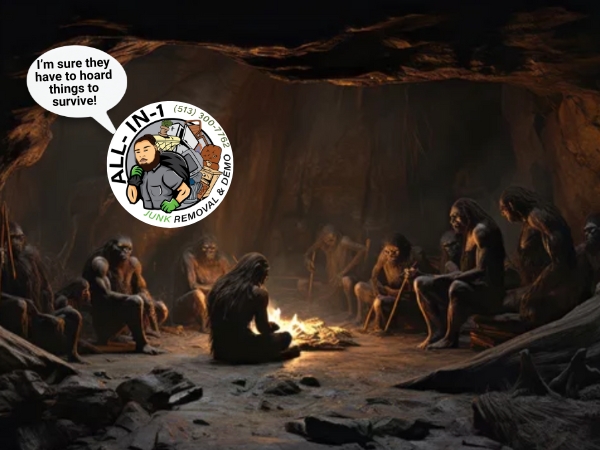
Humans have spent most of history living in scarcity.
Our ancestors didn’t have grocery stores or Amazon Prime.
They had to save and store everything they could, because you never knew when you’d get another chance to eat, drink, or find a new pair of shoes.
This instinct—to gather, save, and prepare for the future—was crucial for survival.
And even though we now live in a world of endless abundance, our brains still haven’t caught up.
Add in decades of consumer culture screaming BUY MORE! STOCK UP! DON’T MISS THIS SALE! and suddenly you’ve got people buried in mountains of their own stuff, unsure of how they got there.
For most of us, this instinct results in a slightly overstuffed closet or a junk drawer filled with nonsense.
For hoarders?
It takes over their lives.
Helping a Hoarder: What Actually Works
So what do you do if you have a family member who hoards?
First, understand that it’s not about the stuff—it’s about the attachment.
Telling someone to “just throw things away” is like telling someone with anxiety to “just stop worrying.” It doesn’t work.
But there are ways to help:
Don’t force it. Big, sudden cleanouts can be traumatic. Hoarders need to be part of the process.
Start small. A single box, a single drawer. Little wins build momentum.
Use logic when possible. “You haven’t used this in five years. Do you really need it?”
Bring in professional help if needed. Hoarding often needs more than just encouragement—it needs action.
Cincinnati Junk Removal for Hoarding Cleanouts
At All-In-1 Junk Removal, we’ve seen it all—homes packed to the ceiling, garages turned into storage units, and families overwhelmed by clutter that’s too much to handle alone.
That’s why we specialize in compassionate, no-judgment junk removal services to help people reclaim their space—without the stress, without the pressure, and without making them feel like they’re being forced to let go of things before they’re ready.
If you or someone you love in Cincinnati is struggling with hoarding, we’re here to help.
Call (513) 300-7762 today and let’s take the first step toward a clean, livable space again.
Because the stuff that fills a house doesn’t just take up space—it takes up mental space, too.
And sometimes, the best thing you can do is let it go.
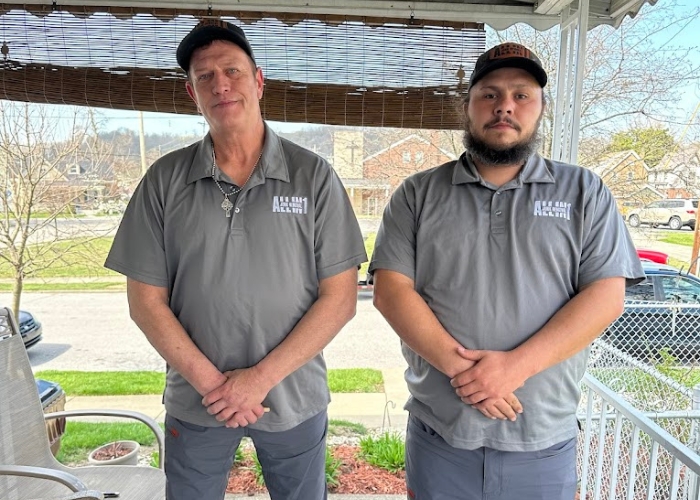
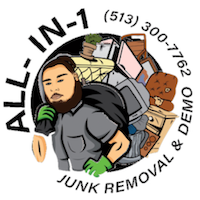
Schedule An Estimate
Select a day and time to schedule a no-pressure, no-obligation quote.


